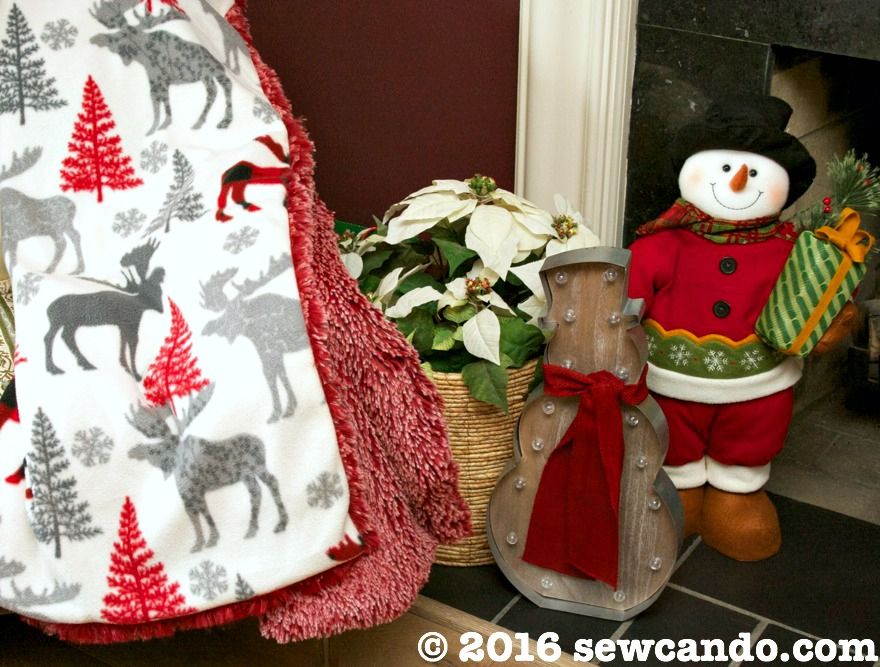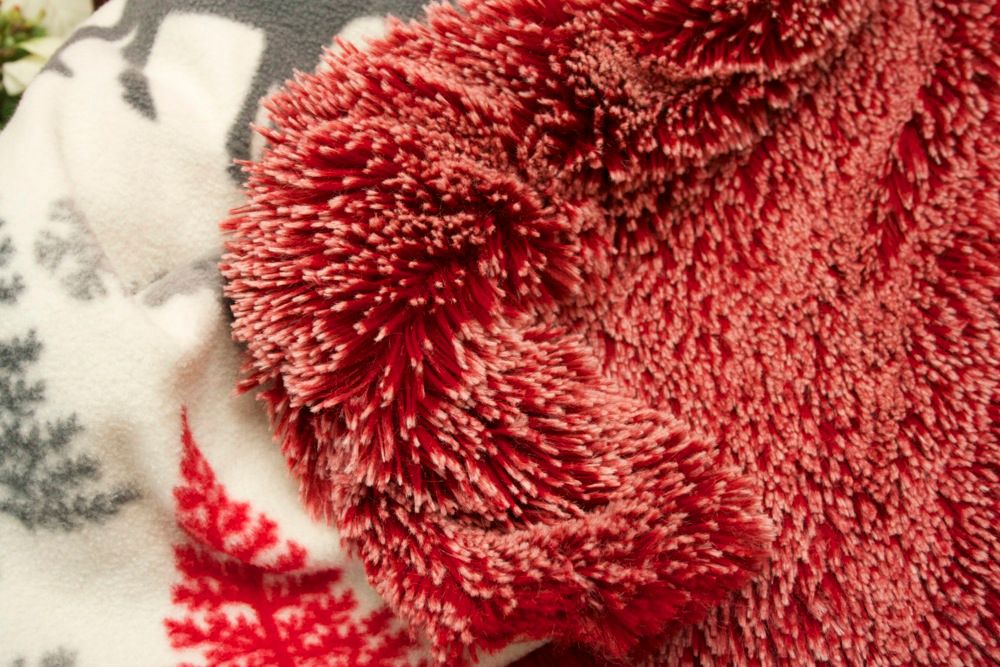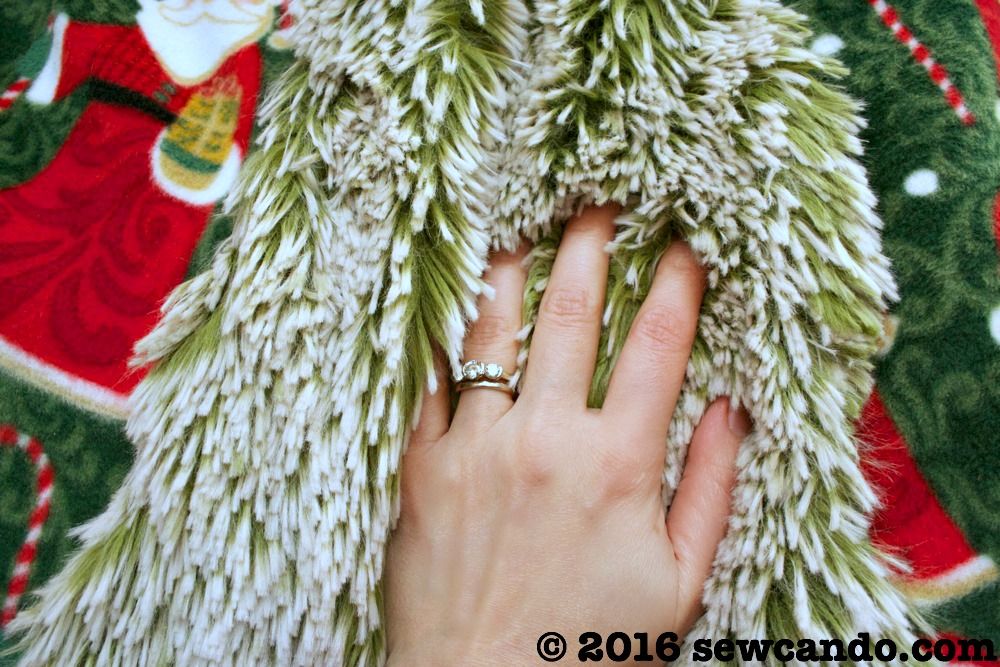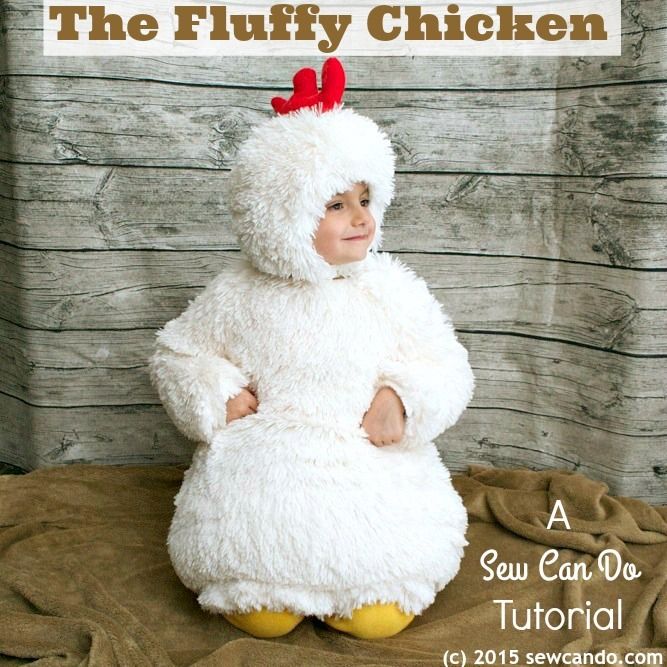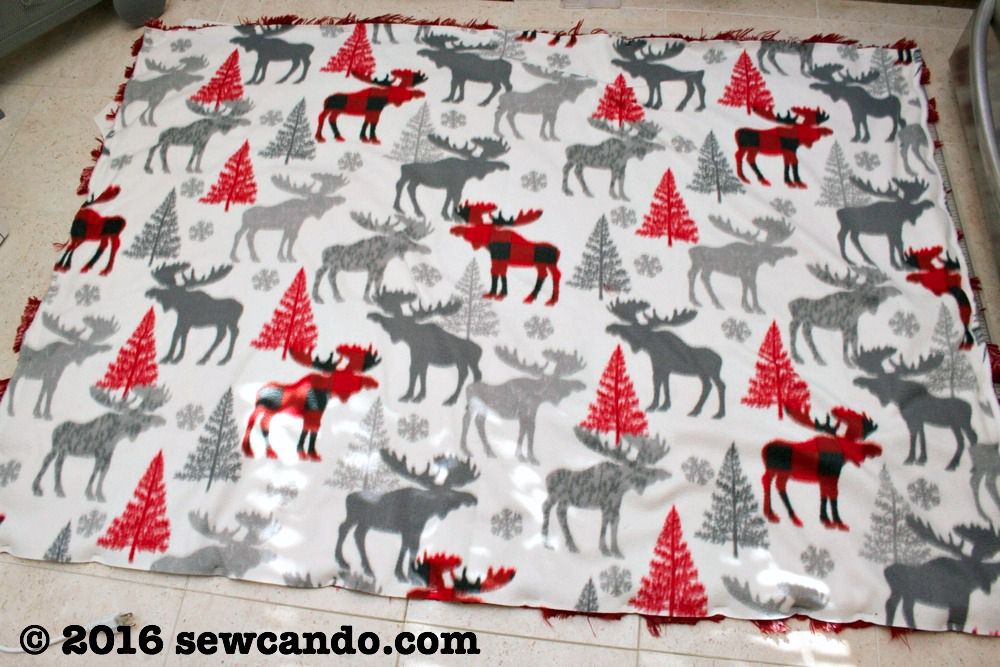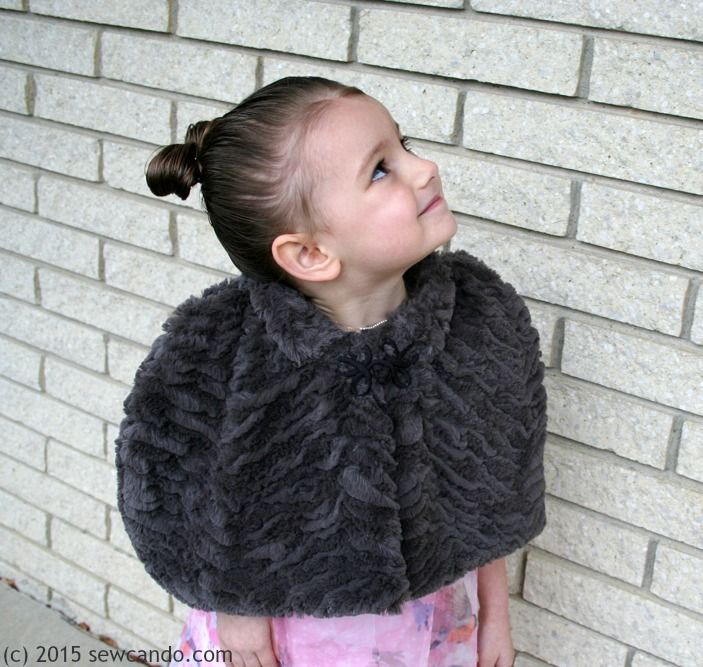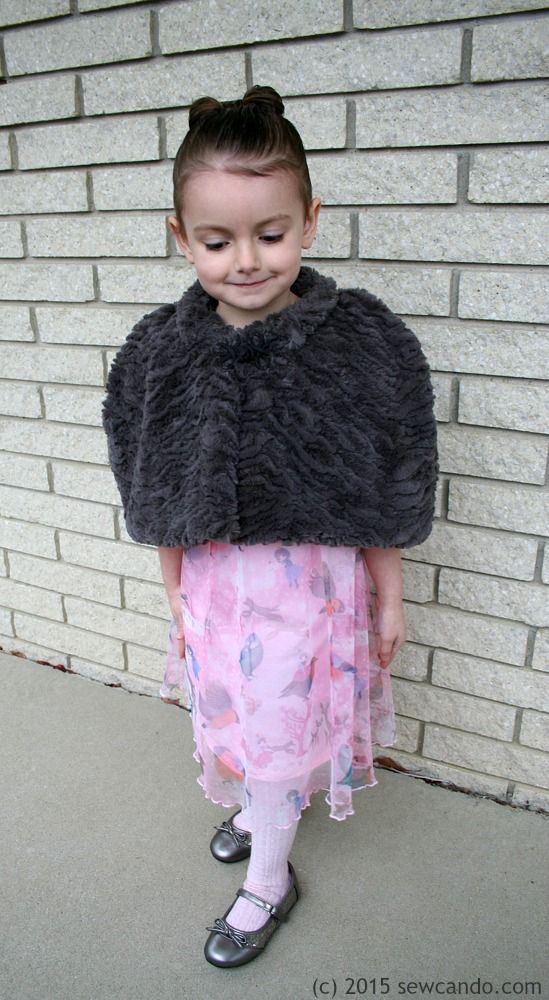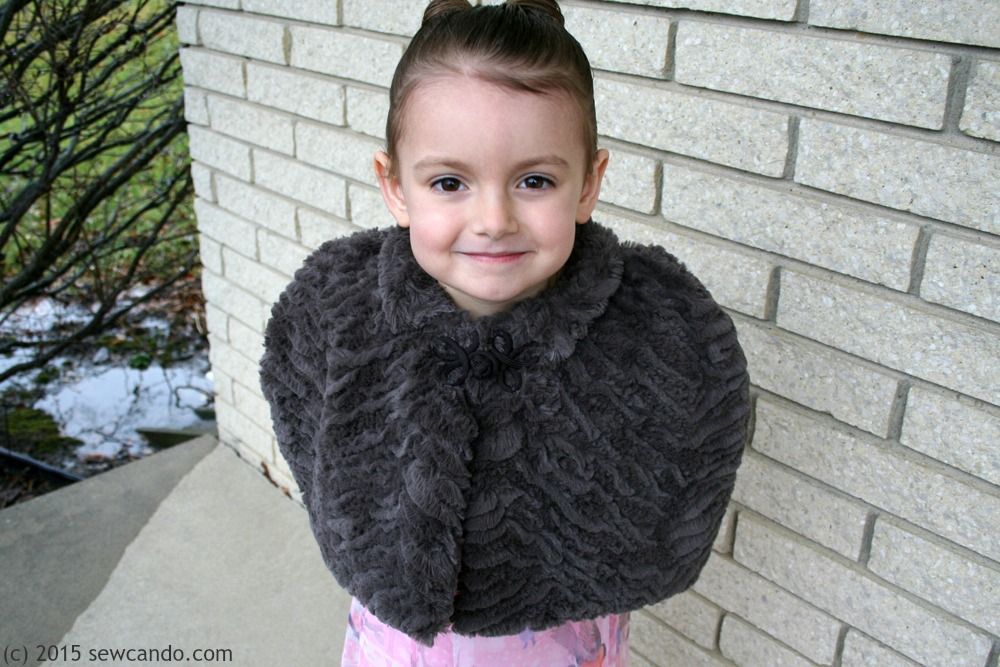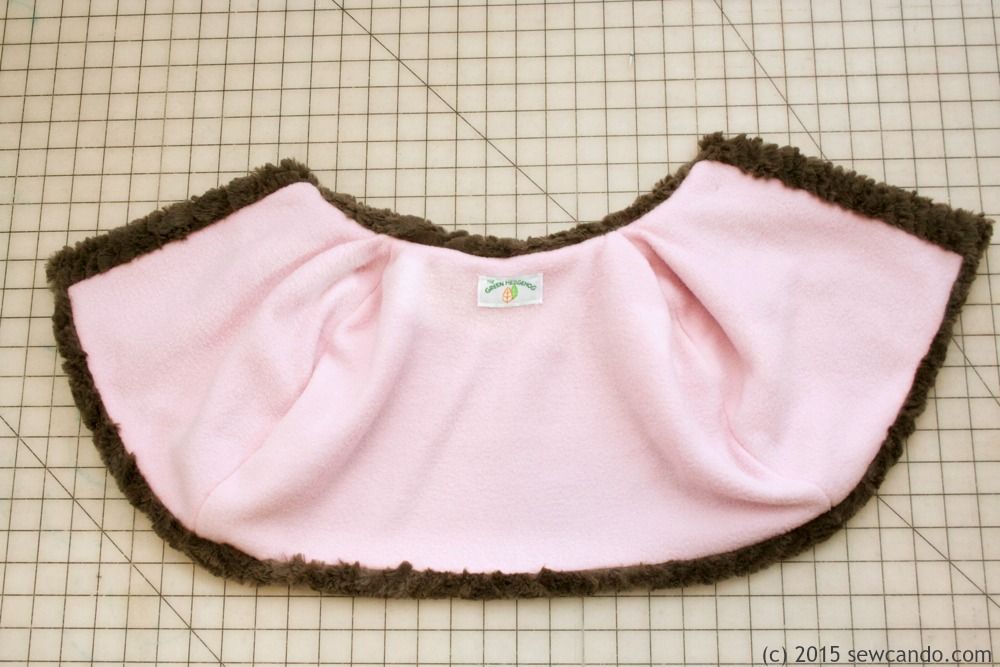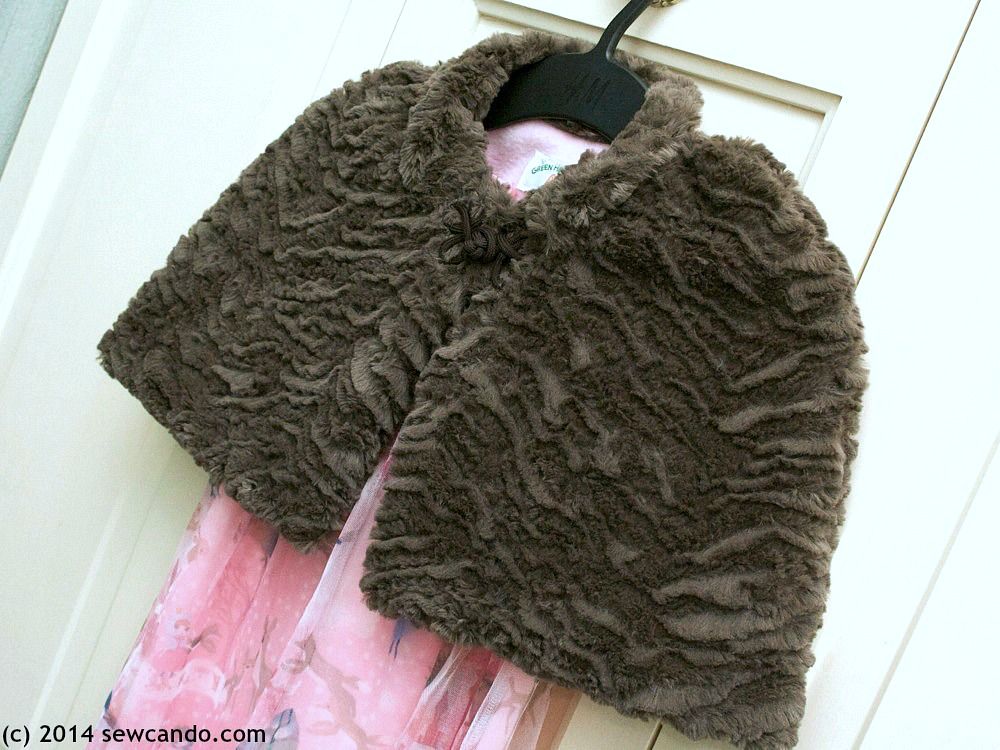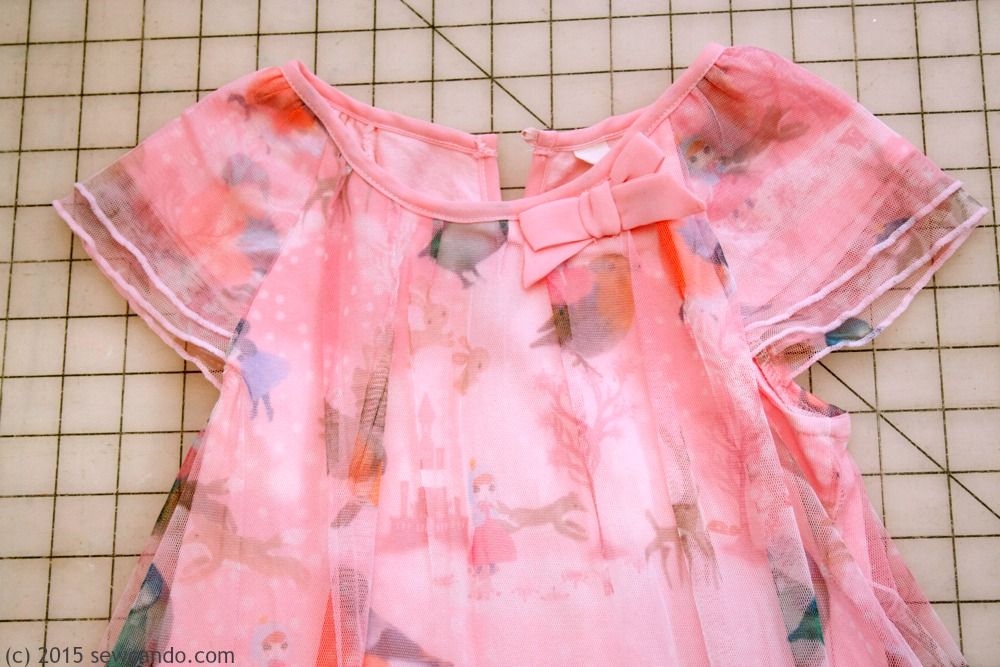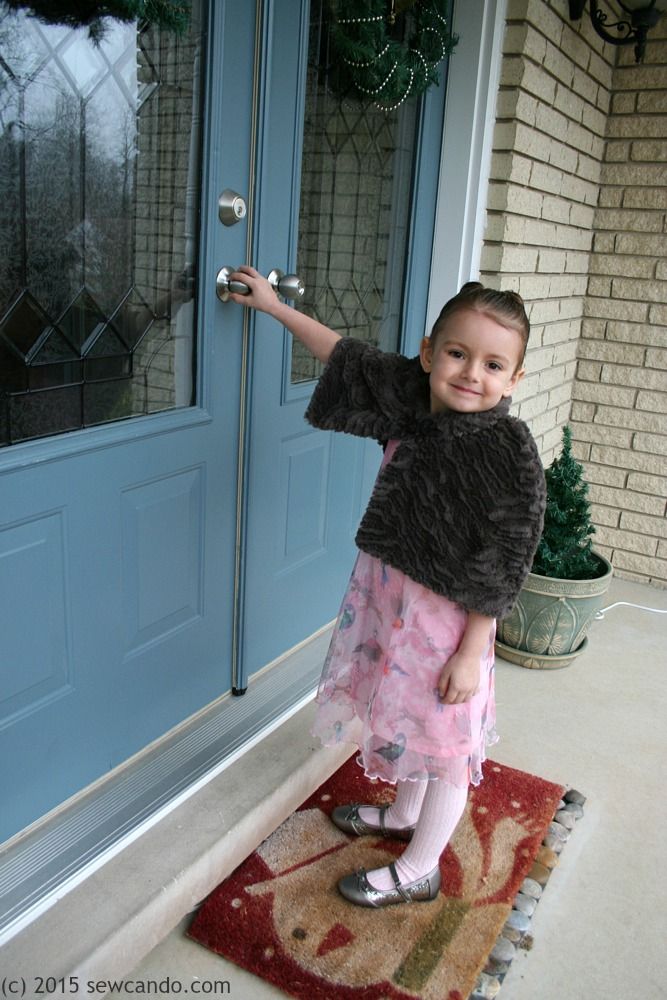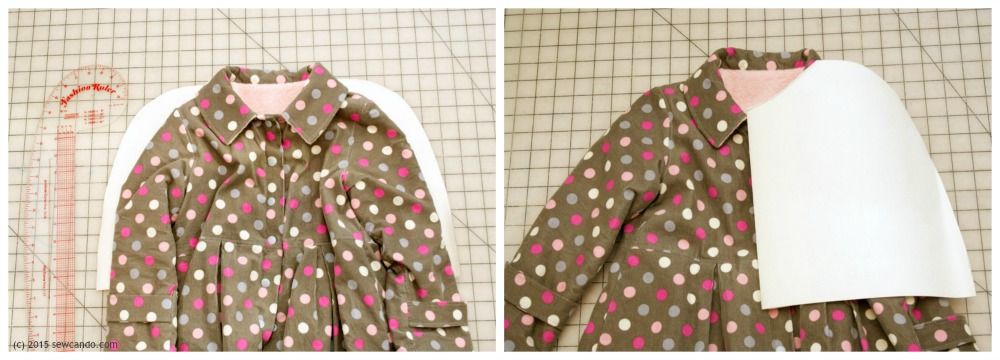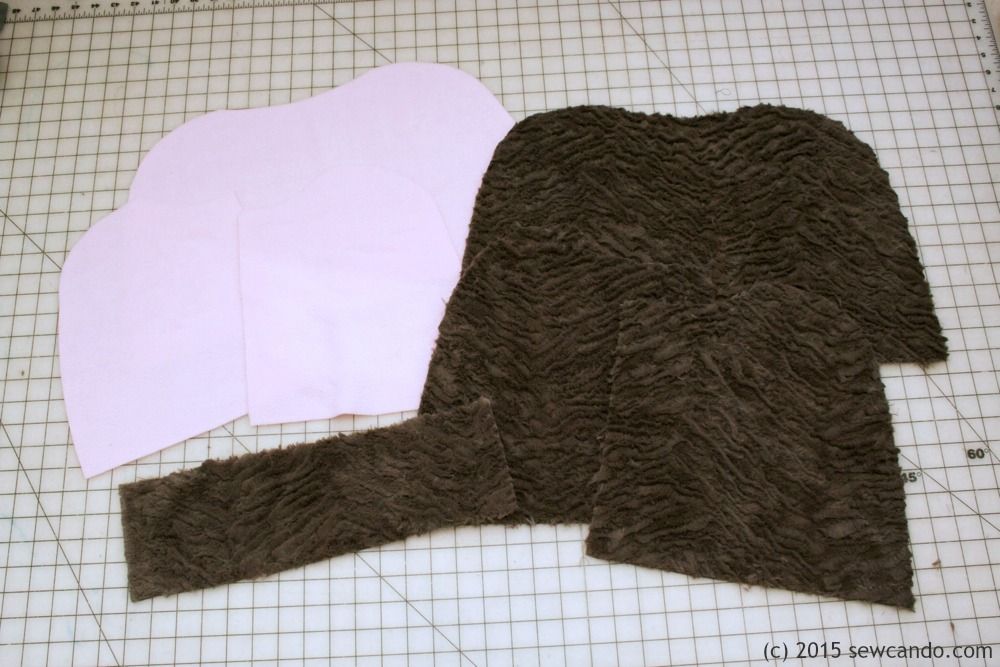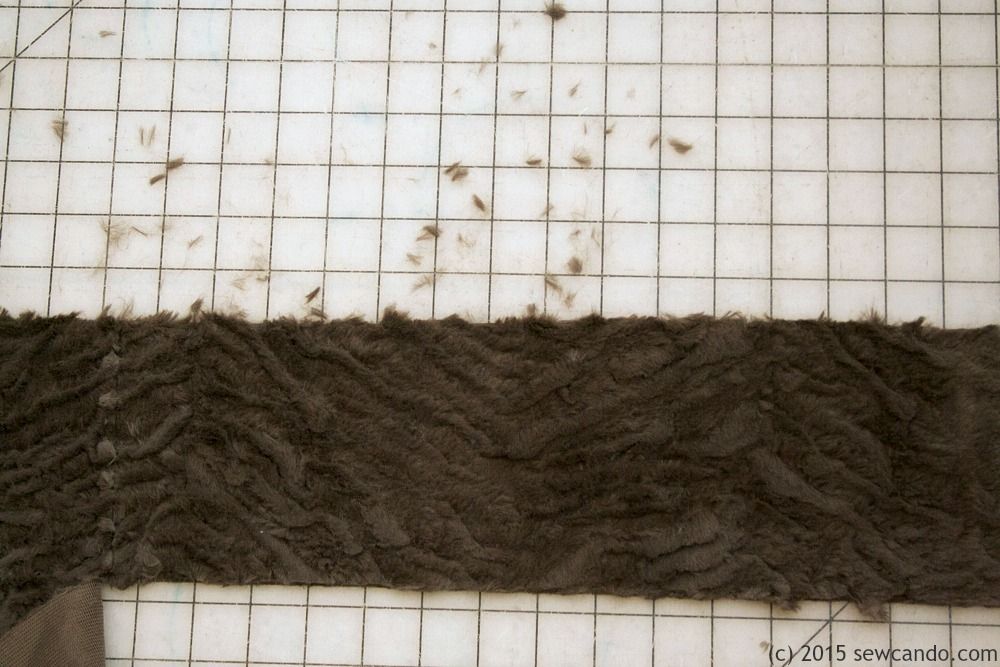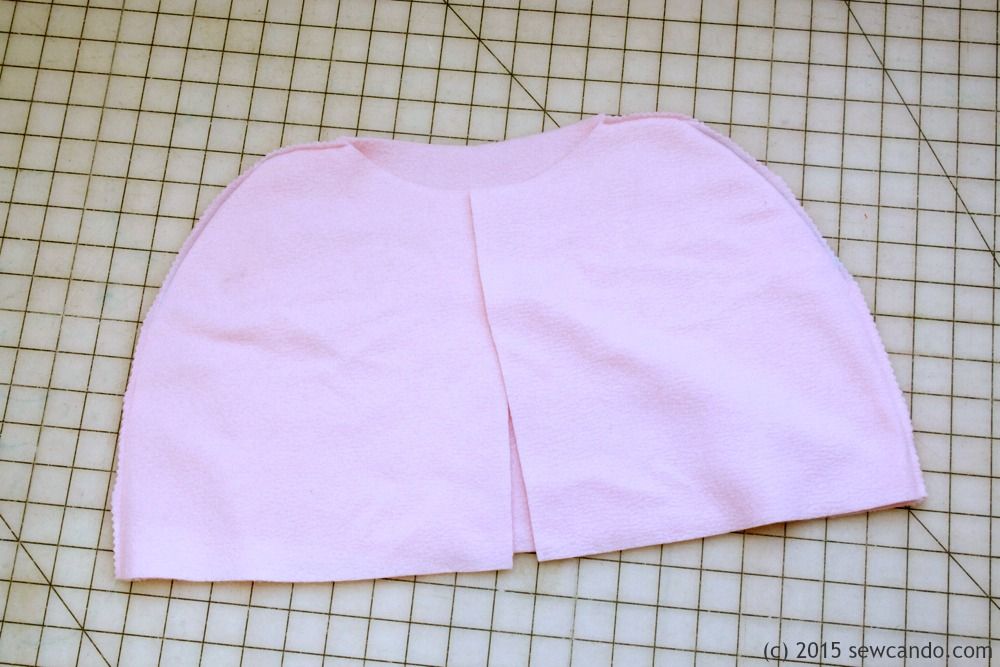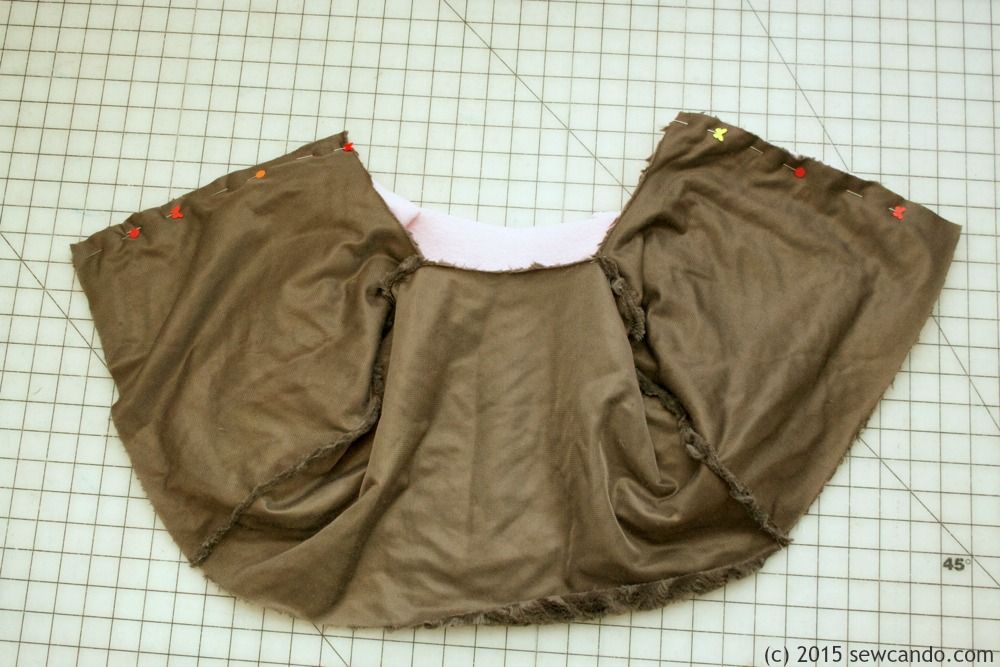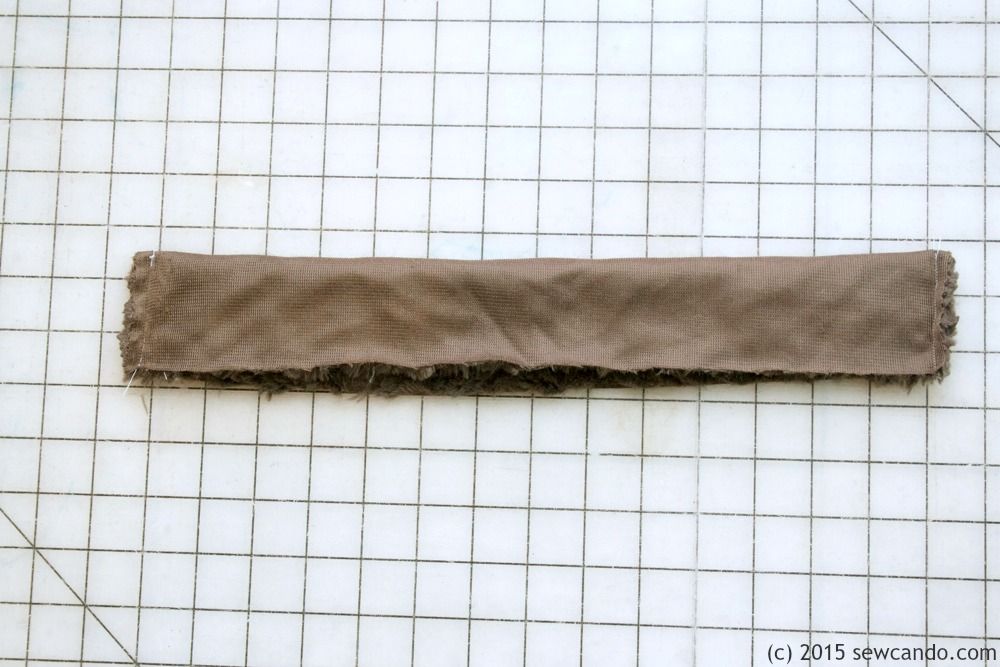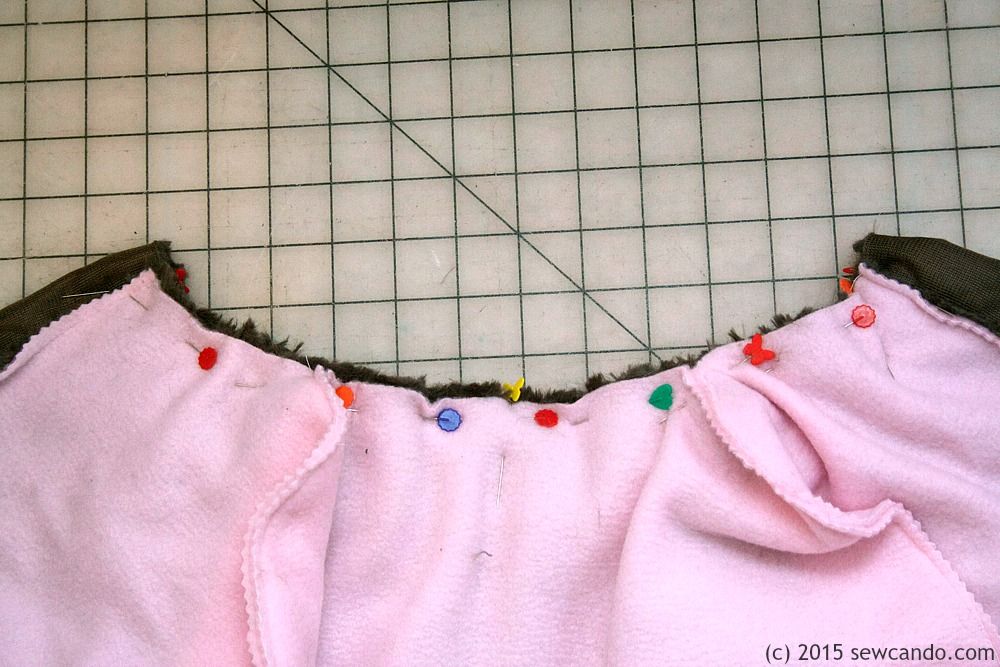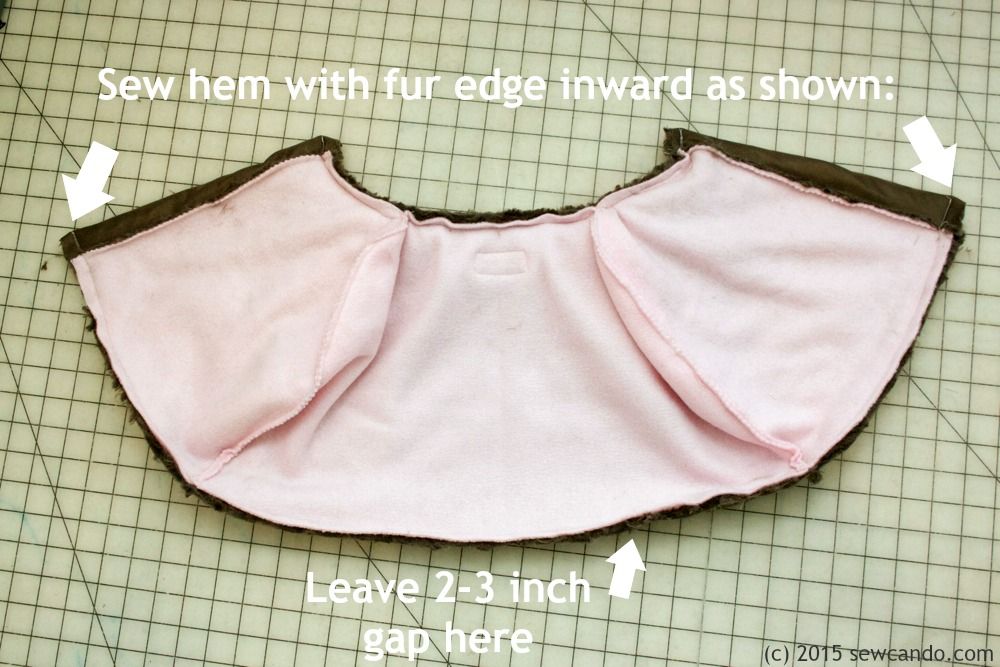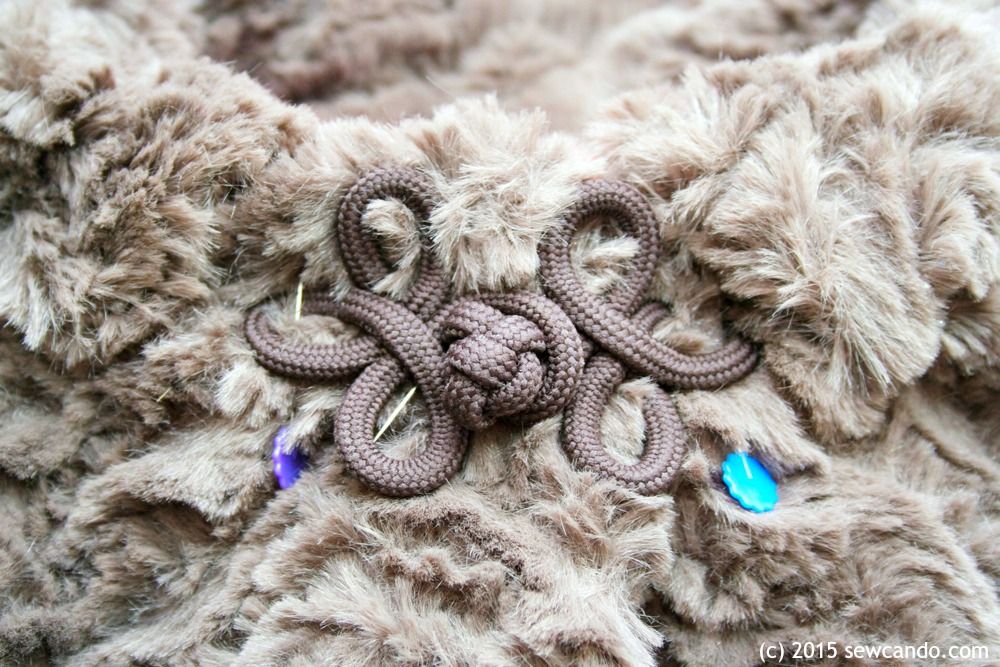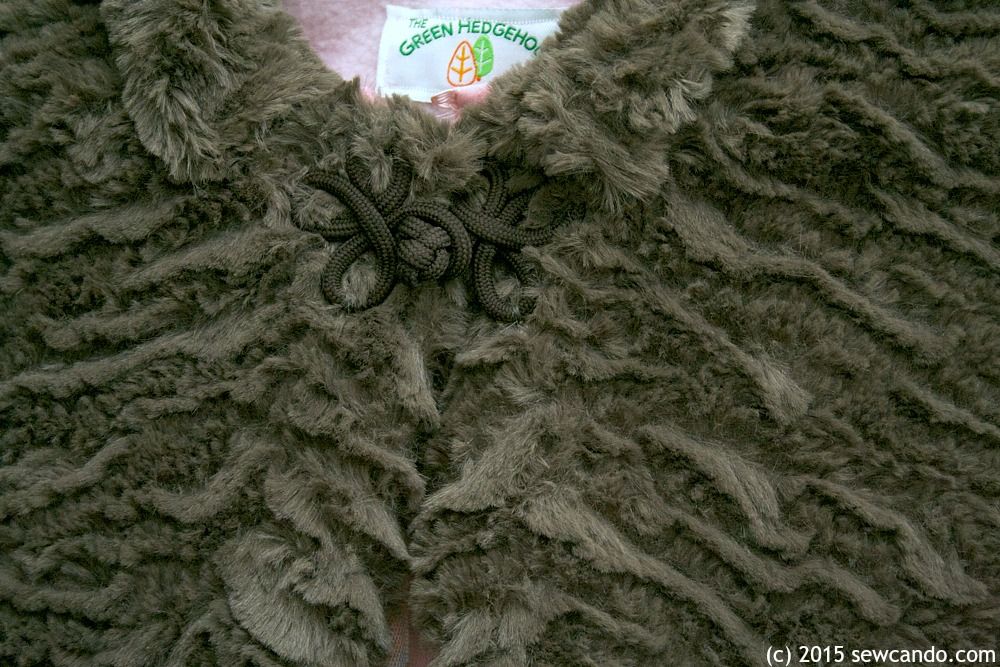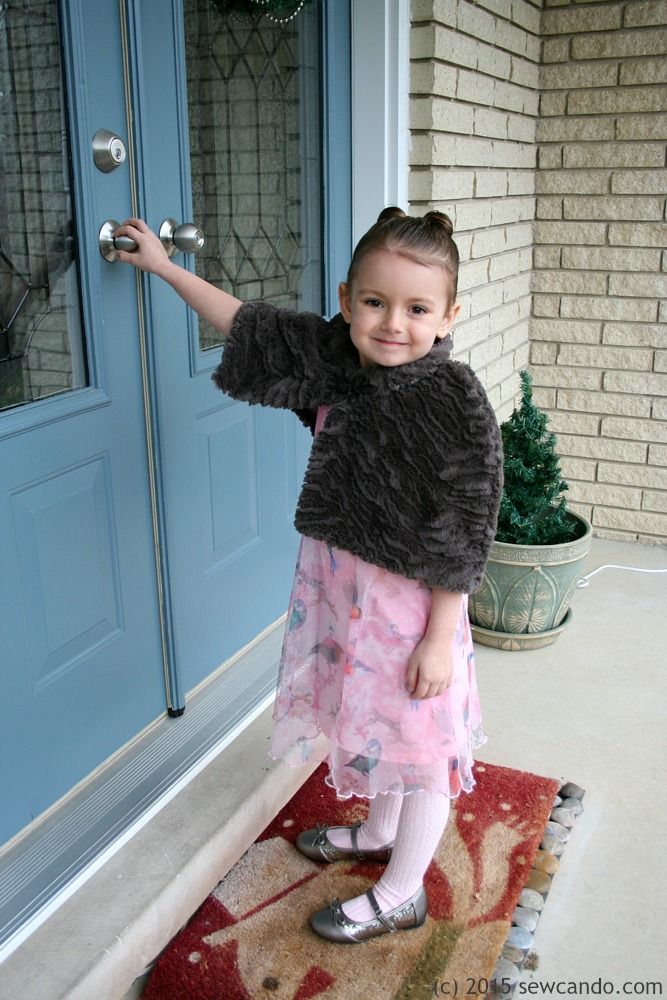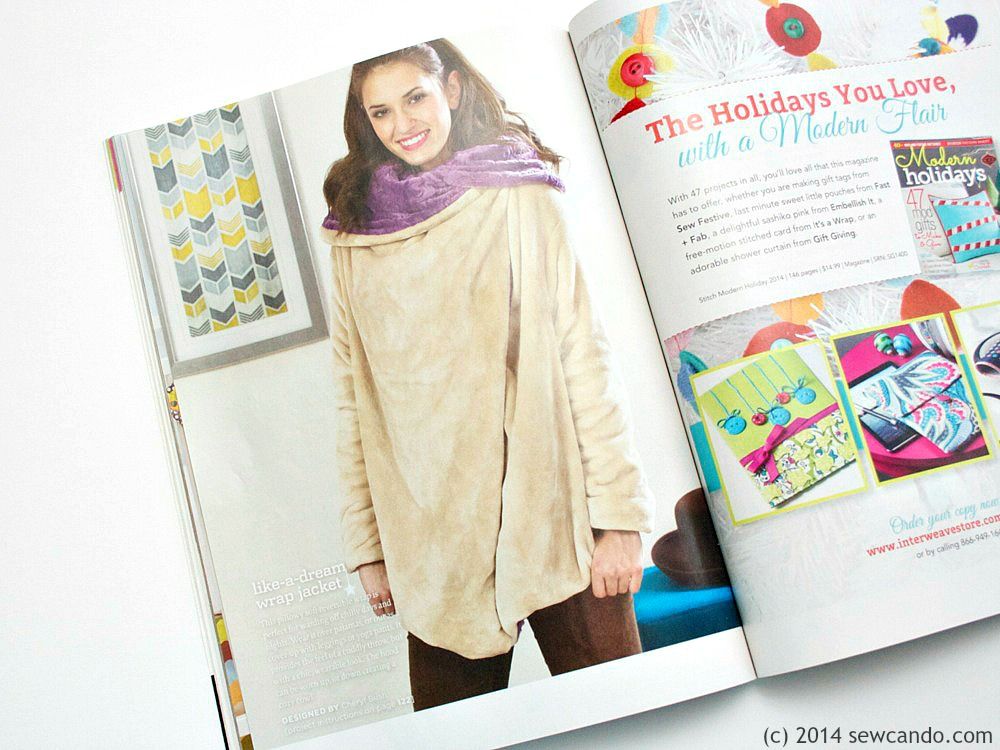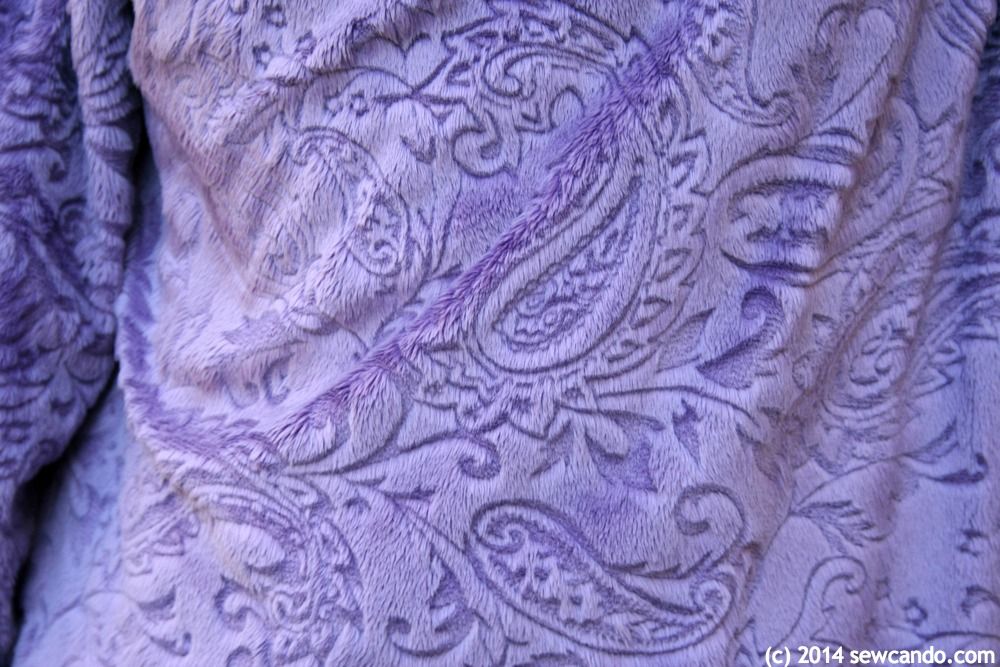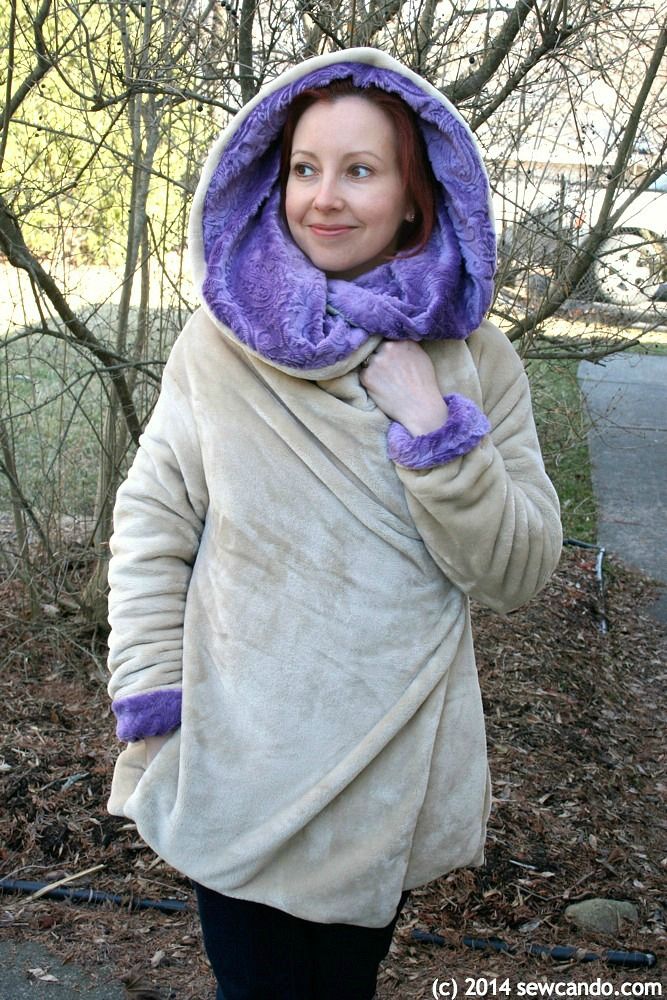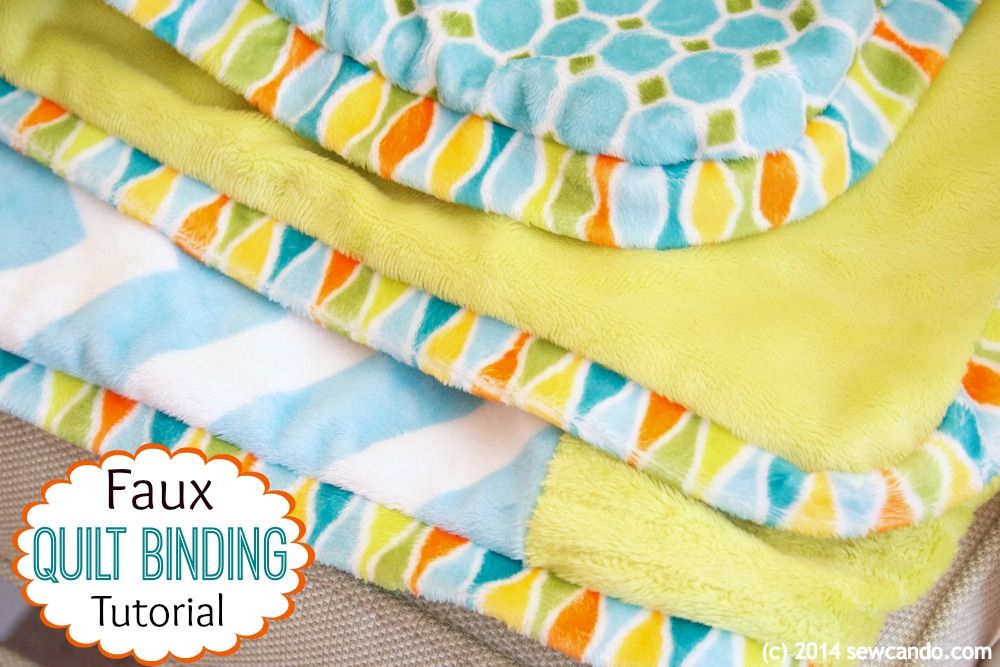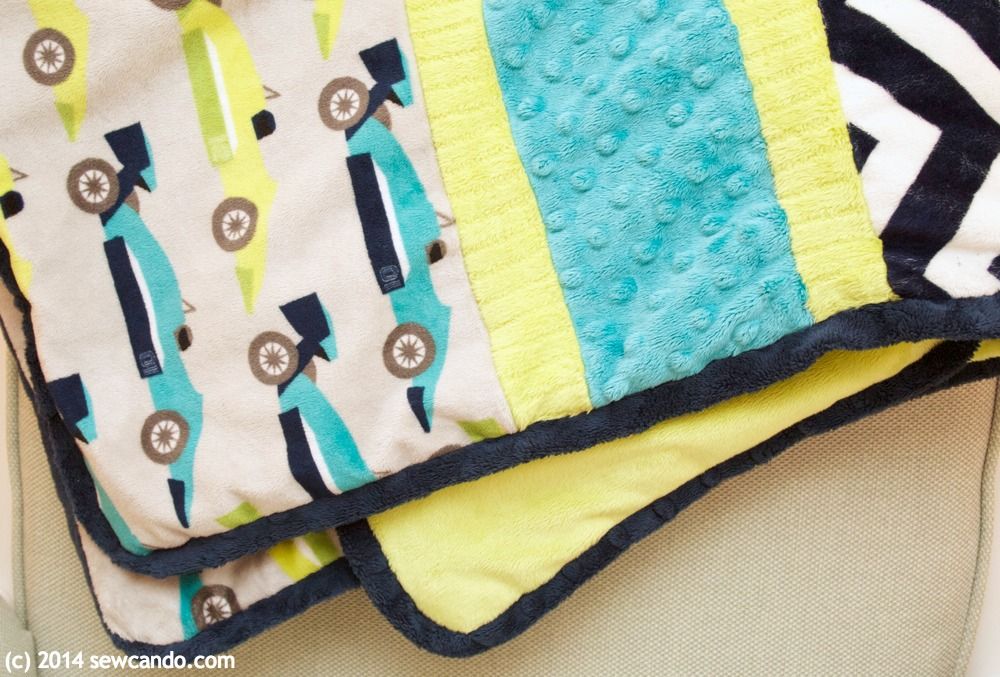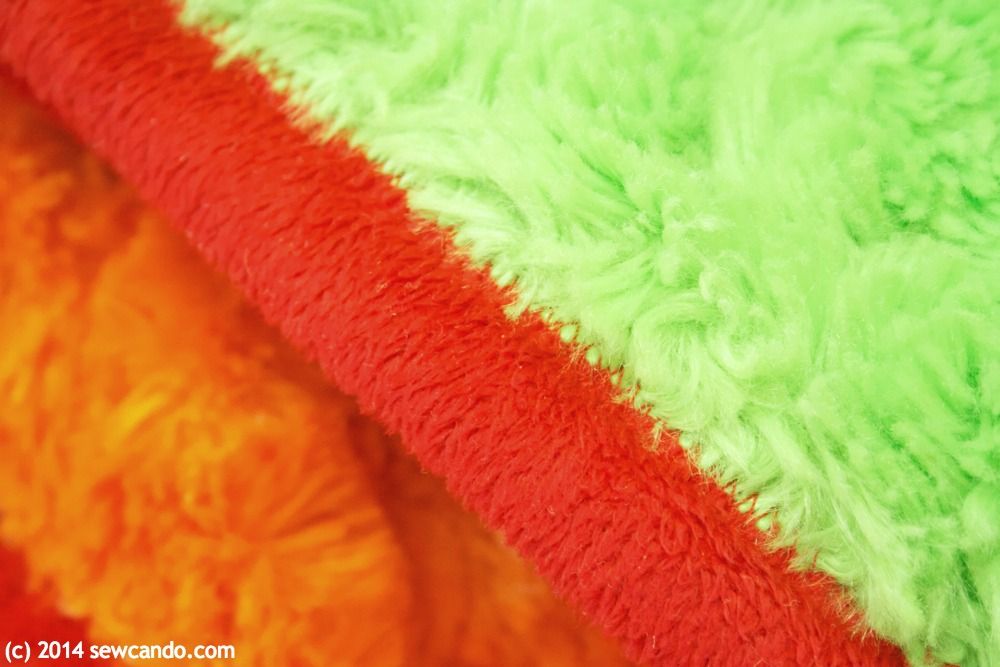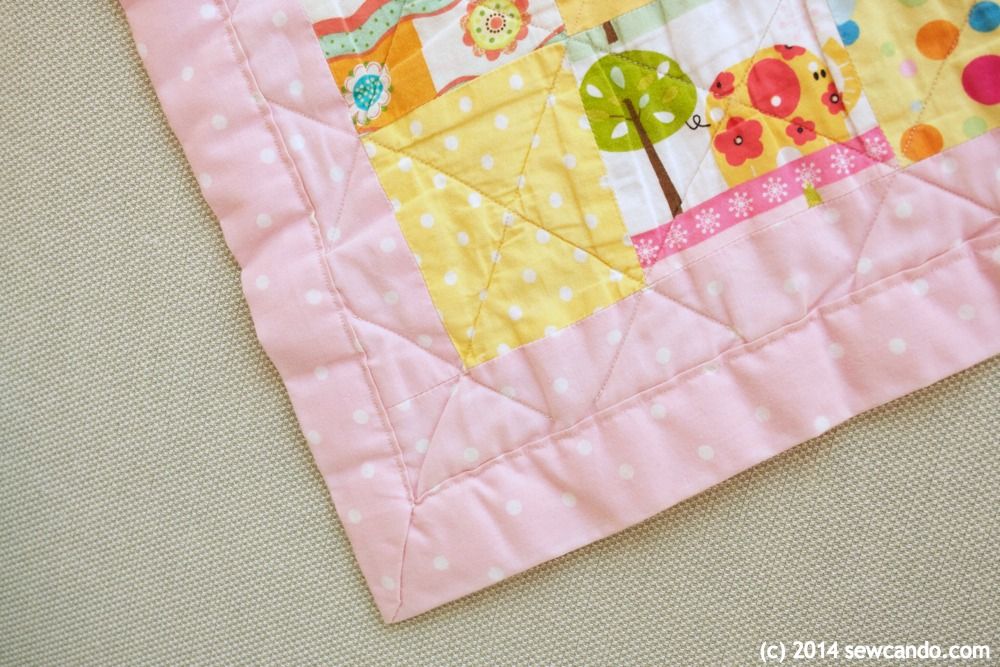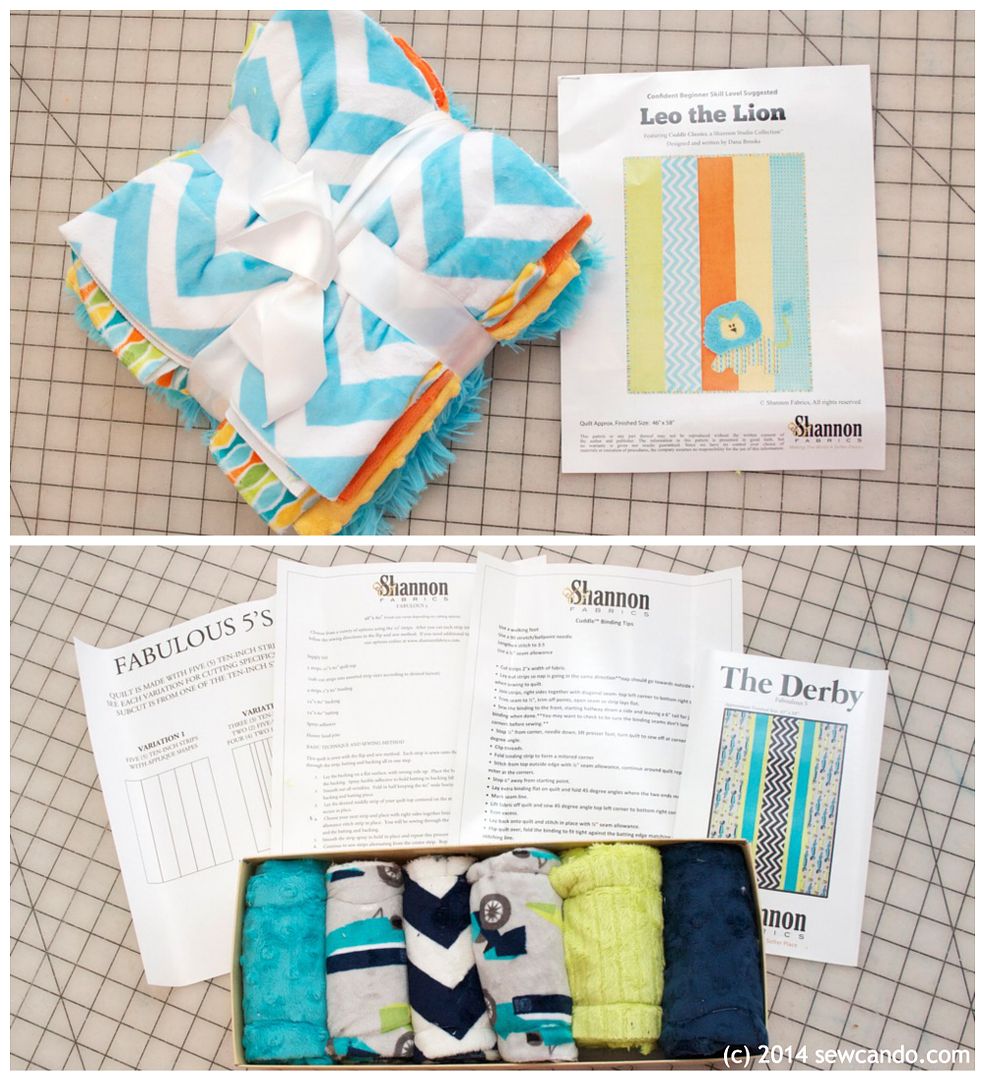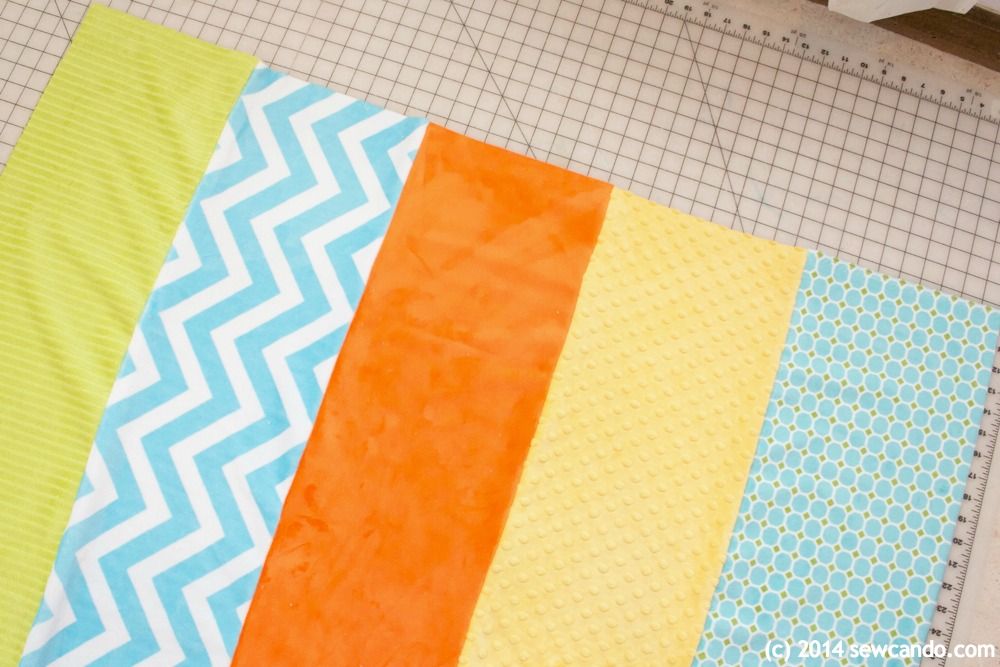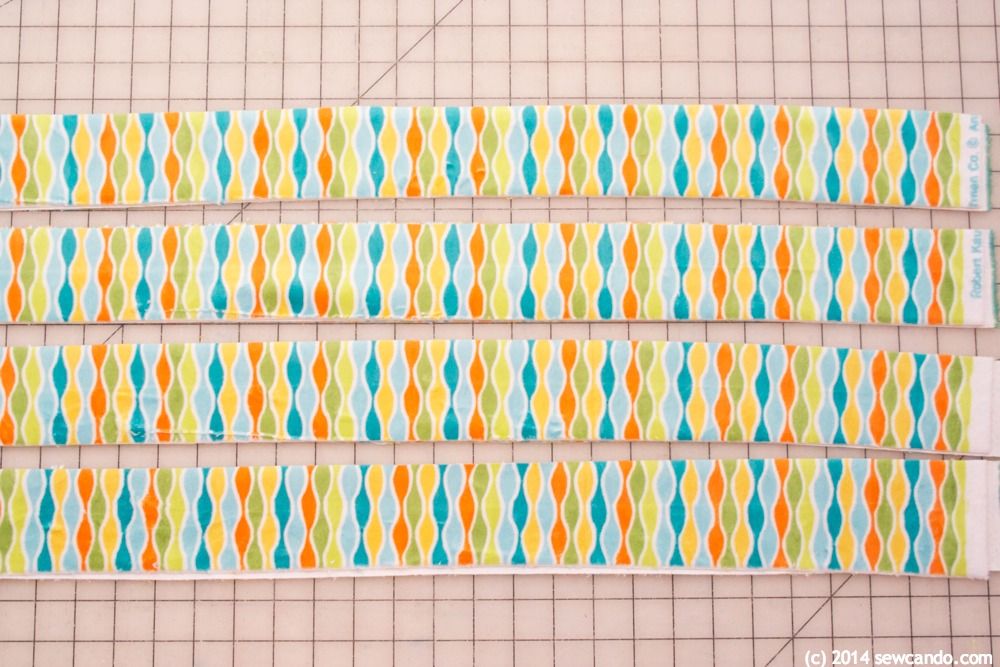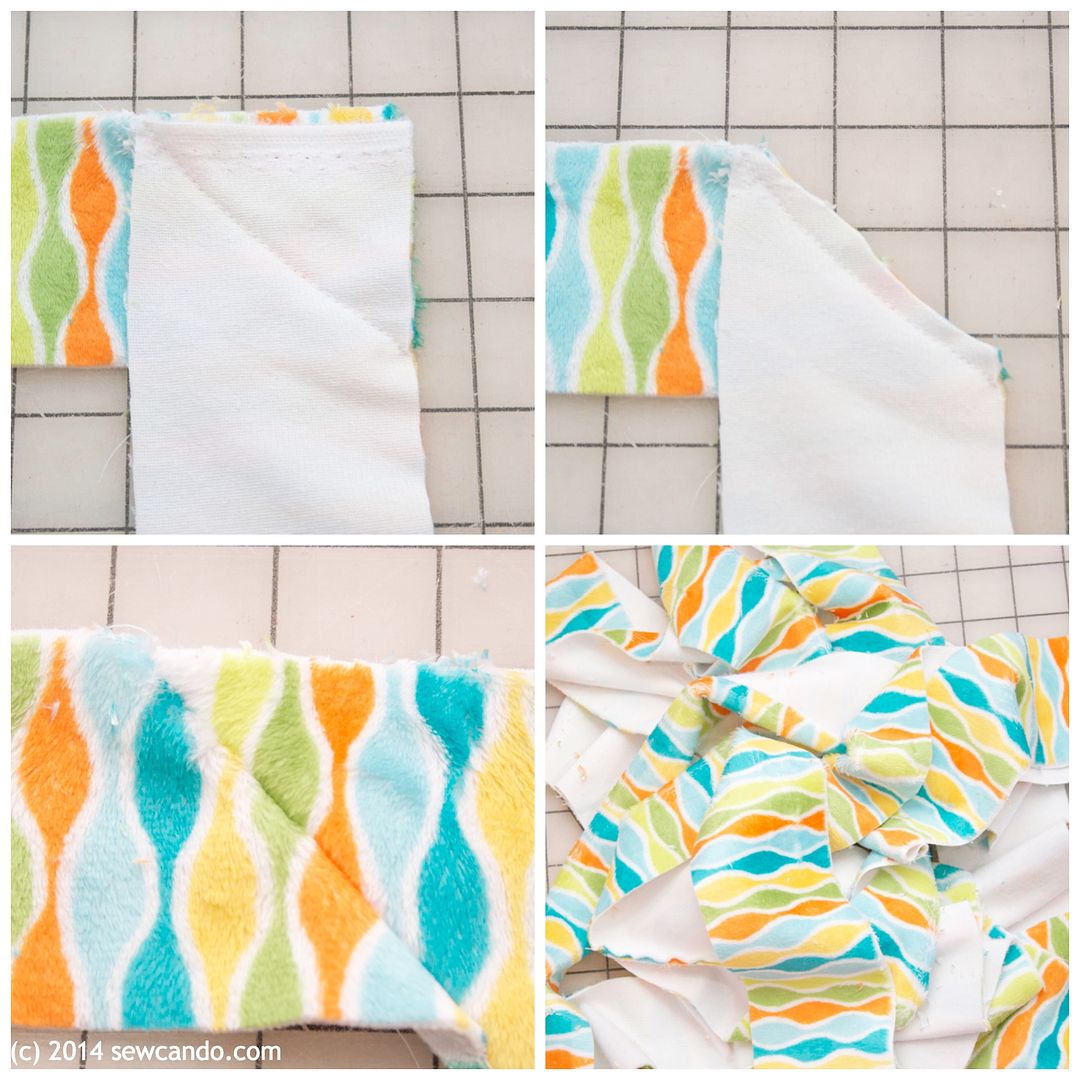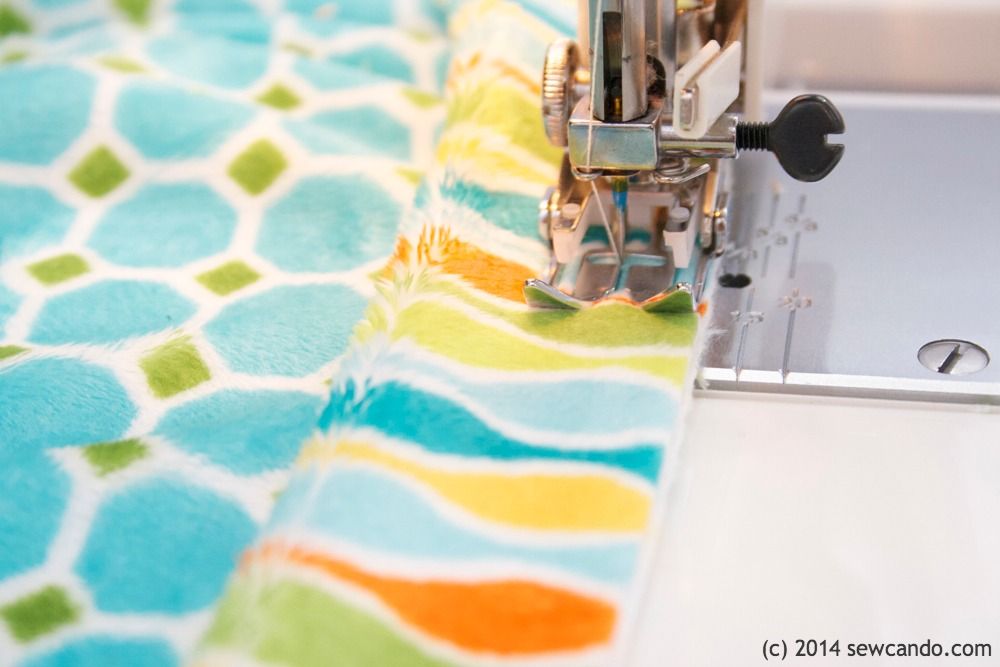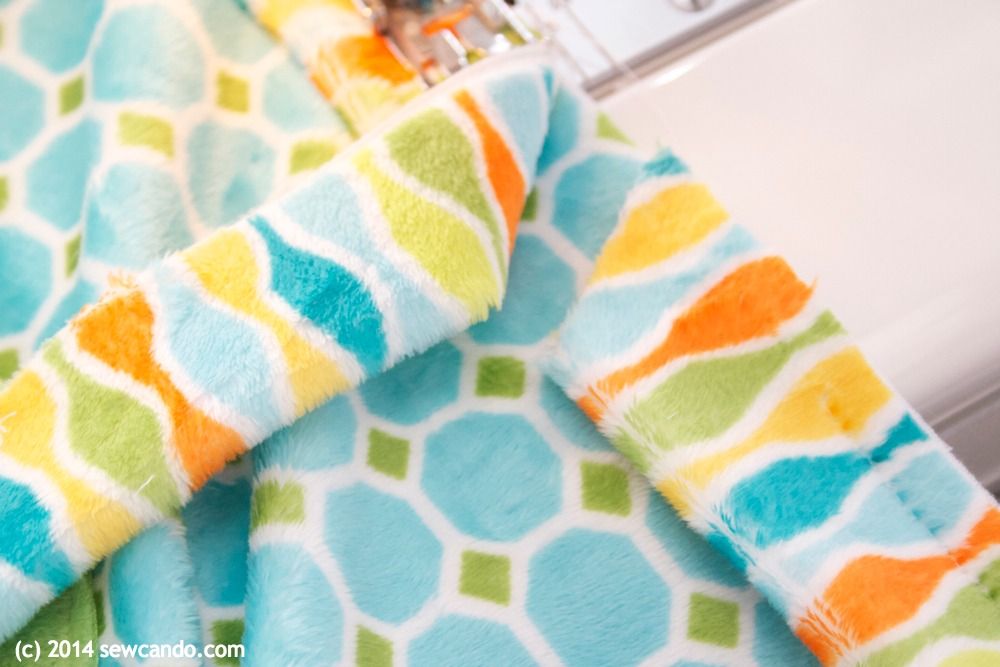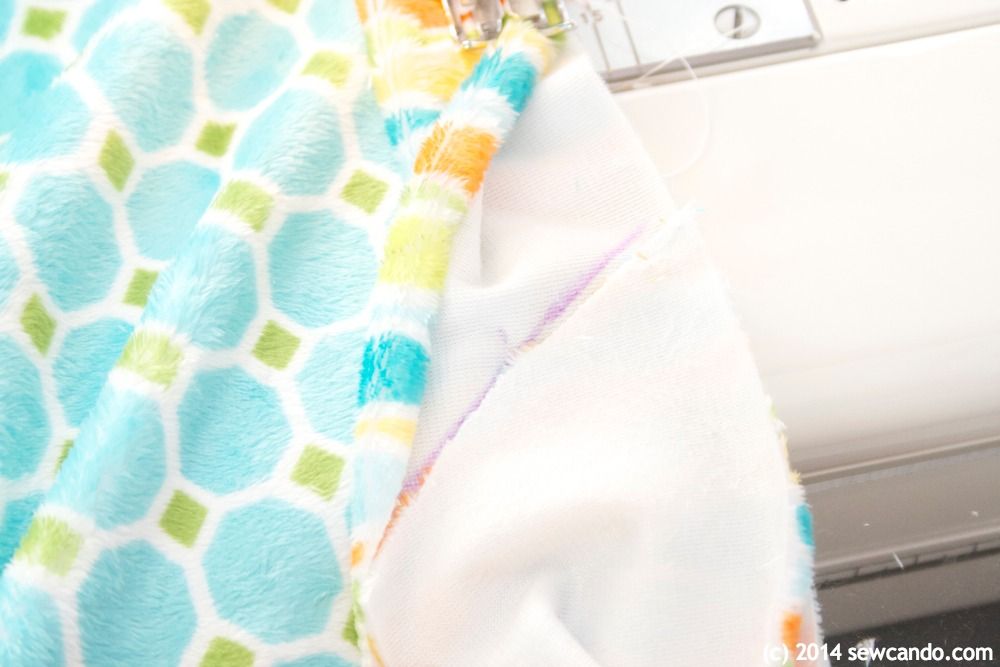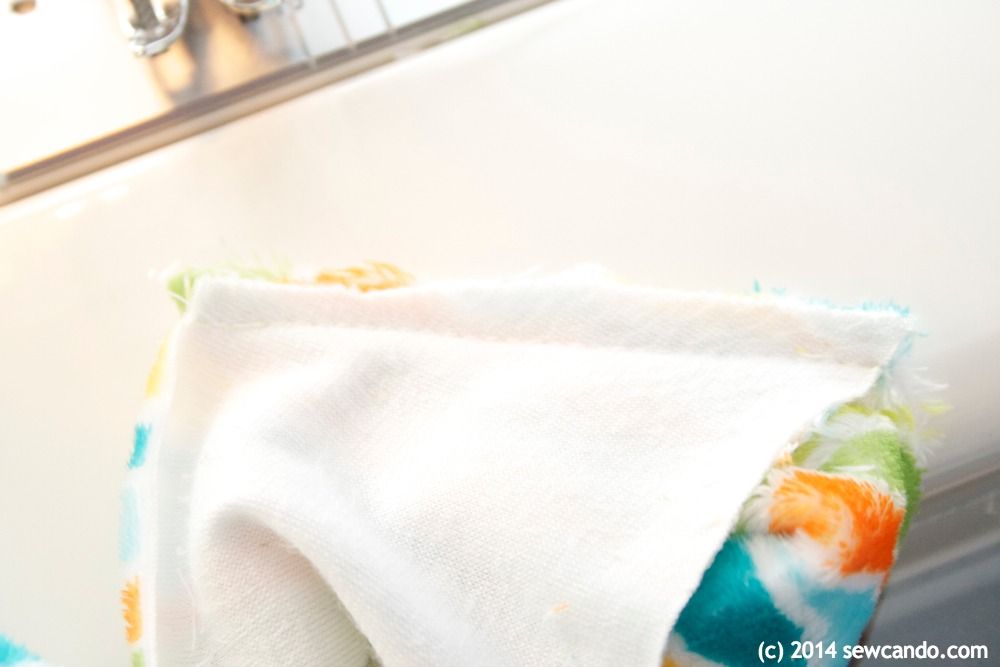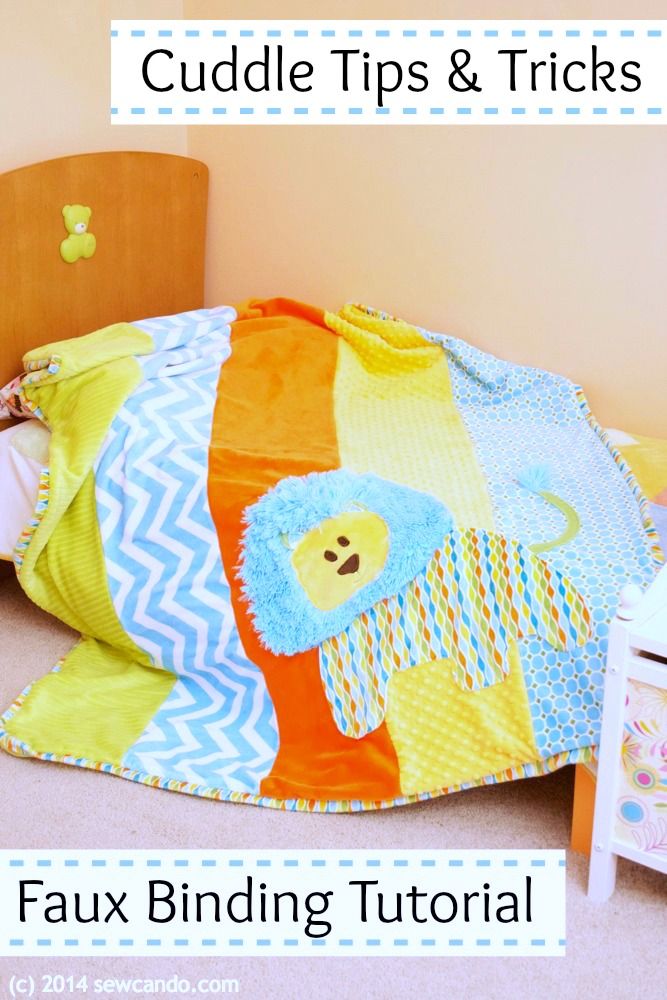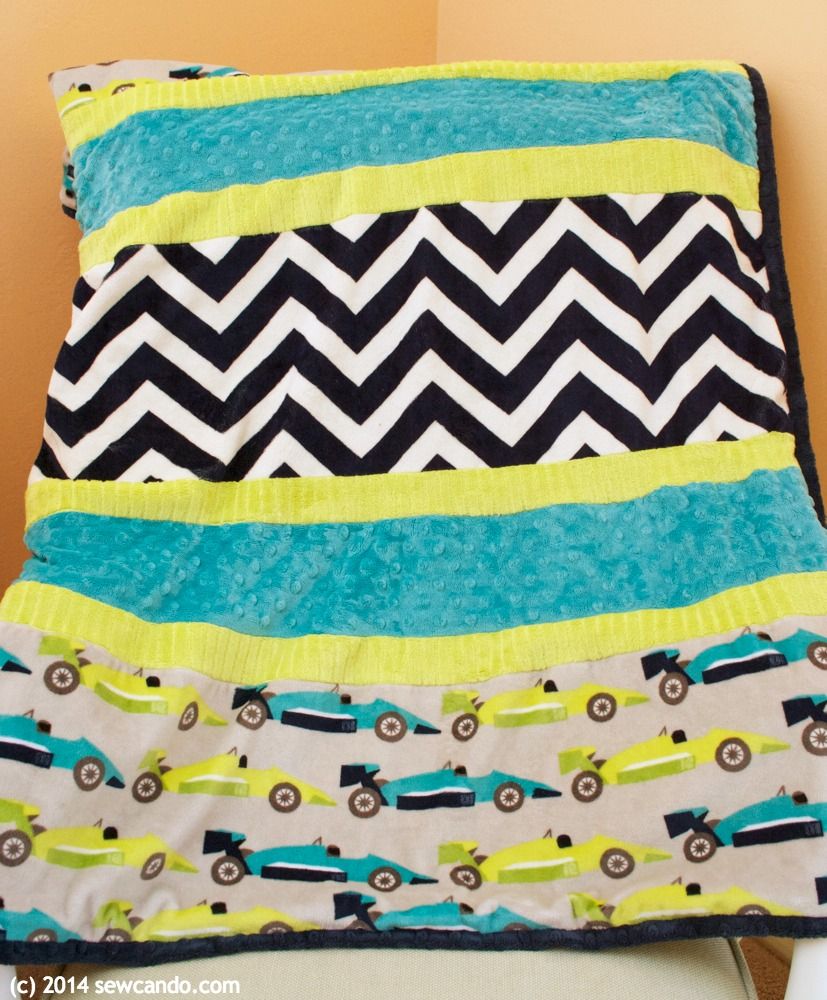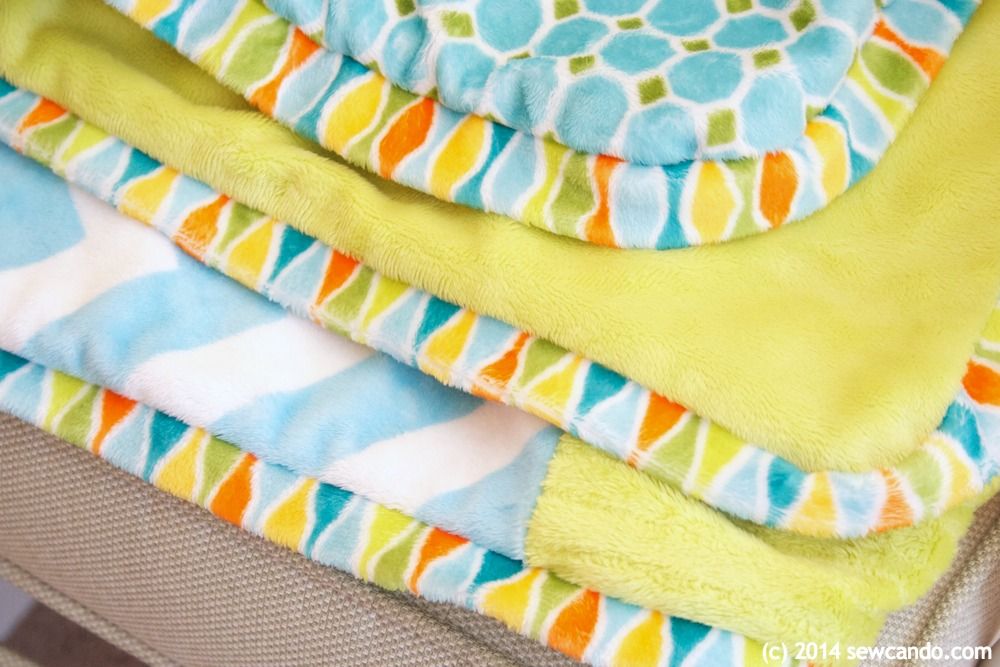If 2016 has taught me anything about sewing, it's been that simple projects are often the most enjoyable. While I've had a few complicated sews that I've loved, they've involved more stress than relaxation. I want to sew because I like to, not to feel like a workhorse. Ironically, some of the things I made that were the simplest, have gotten the most use & compliments, like today's project: Luxury Cuddle Throws.
In reality, it's just a basic blanket, but what kicks it up to look and feel high-end is the amazing shaggy cuddle backing fabric.
This stuff is marshmallow soft, so it is ideal for a cozy throw. It's deep pile is over an 1inch long, which makes it perfect for keeping warm on winter nights and that long pile adds a built-in border around the edges to make a basic blanket look fancier.
I love how you can literally sink into it:
What is Shag Cuddle ? Also known as Long Pile Minky, Shaggy Snuggle or Luxe Cuddle, it's a higher end, higher quality fabric with a long, silky pile and slight stretch. It's just perfect for throws like these. I bought some with a frosted look, but they're also available in solids. It's easier to find them online or in smaller stores that carry specialty fabrics rather than the enormous chains. If you use coupon codes you can score some for a very good price and by using a fun print anti-pill fleece as the front, it keeps the total cost down, but still has the ideal cuddly feel.
You may remember this fabric from my previous projects, the Fluffy Chicken Costume:
and my Rainbow Sherbet Fluff Coat:
Recently, I've seen plain solid color throws made with this kind of fabric in catalogs going for $60+, but I'm going to show how to make one for about $30 and use your favorite fleece prints for a more fun & custom look.
Materials:
- 1 1/2 yds Shag Cuddle
- 1 1/2 yds Anti-pill Fleece
- Pins (lots of them!!)
- Vacuum & lint roller
- Optional: seam ripper
Making the throw is pretty easy. With right sides facing (and the shag pile going downward), pin together the cuddle and fleece all the way around. I'm careful to tuck in any floppy bits of cuddle along the sides and bottom.
Stitch all the way around with a 1/2 inch seam allowance. I like to use a walking foot to keep the fabrics from slipping (since they both have stretch). Leave a 3 inch gap at the bottom for turning. I then trim down the corners and then turn everything right side out and slip stitch the gap closed.
Cuddle does shed like crazy when cut, so I keep my vacuum hose on standby to clean up the mess and give each throw a good going over with the lint roller to remove any stray bits. If there are any bits of cuddle looped at the seams, I gently pull them out with a seam ripper.
That's literally it. I made two in an afternoon and everyone who's seen them can't help but wrap themselves up in them.
I made these two blankets for the holidays, but I'm planning to make a few more to use as everyday throws all year long. My sister has already heavily hinted (as in flat out stated) that she wants one, so making more of these is on the horizon. Now to decide on what pretty prints to use....



